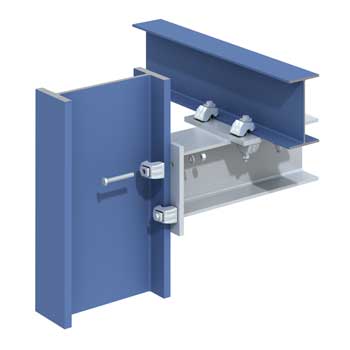News
CE Marking strategy being prepared
CE Marking of fabricated steelwork is anticipated to become a reality by late 2007 and the BCSA is developing guidance for companies wishing to mark their products and for those who do not.
Although the Construction Products Regulations (CPR) – and the concept of CE Marking – were initially introduced to the UK in 1991, they are not mandatory.
Steel sections are a construction product and the CE Marking of certain hot rolled structural steels was introduced last year.
However, putting products on the market which do not satisfy certain essential requirements is a criminal offence.
There are two ways that products can satisfy the requirements set out by the CPR: CE Marking and providing, when asked, Trading Standards Officers with sufficient information that proves a product meets the relevant harmonised standard.
The BCSA said, if carried out correctly, CE Marking satisfies the legal requirements given in the CPR. The second approach, however, leaves the manufacturer at risk of prosecution as all relevant documentation may not get examined and some information may even have been lost.
The BCSA also said steelwork companies not CE Marking their products must retain all documents for all structures/products produced and put on the market.
To navigate this legislation, the BCSA is putting together a two strand strategy and developing a step-by-step procedure for those wishing to CE Mark their products. Meanwhile, for those members wishing to adopt the alternative approach, the BCSA is compiling a set of principles for meeting the minimum requirements given in the CPR.













